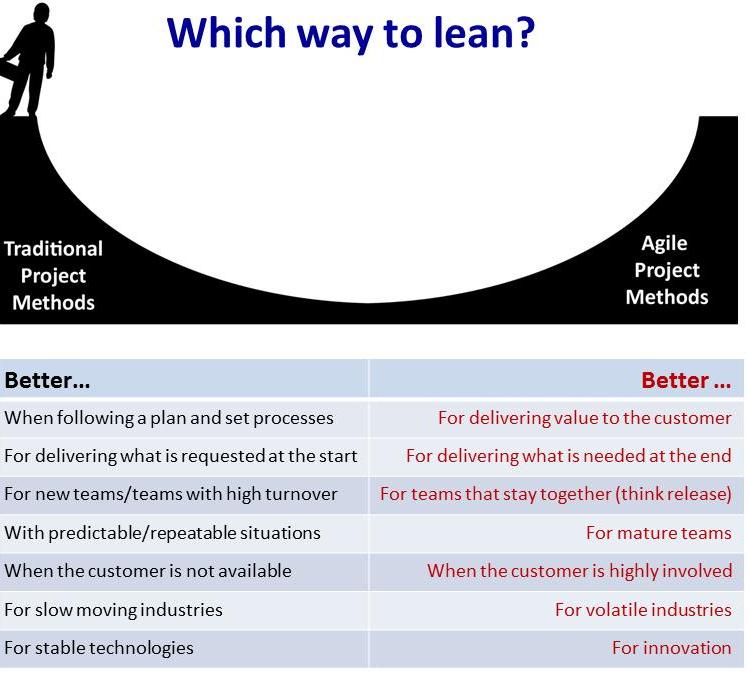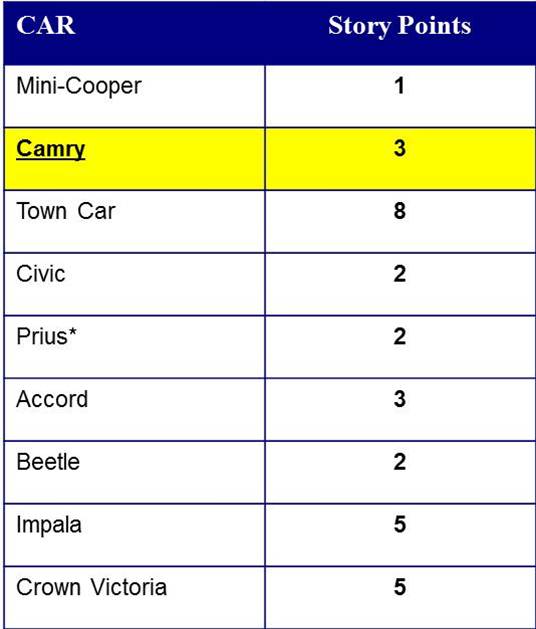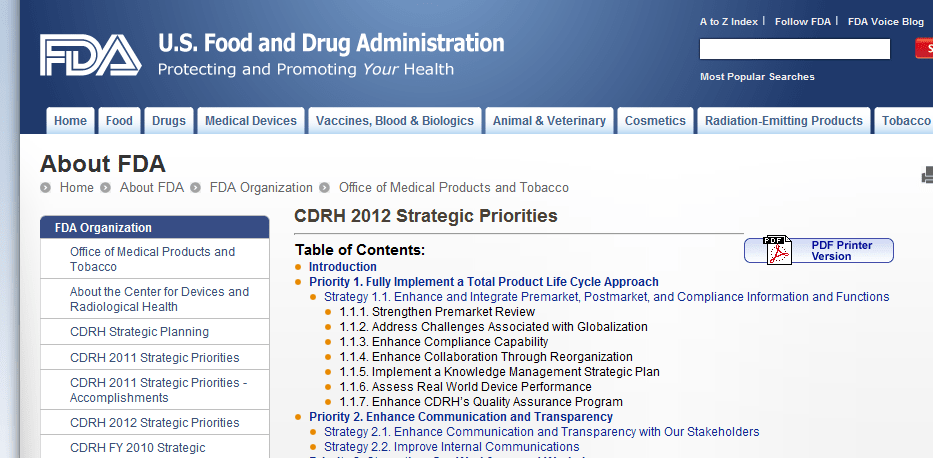The Goal: Work hard through the spring, then take a few weeks of vacation in the summer. Reality: My clients did not slow down for the summer and I found myself even busier than before. It was a good problem to have and I will find some time this fall to recharge my batteries.
Even better, I learned a lot from my clients this summer. As a coach I am supposed to “know it all,” but as all coaches know, the learning never ends and we try to get better and more knowledgeable every day. Here are 5 things I learned this summer.
1) Agile: All or Nothing?
I learned that most folks still view Agile as all or nothing. I met several clients and students this summer who asked me: “based on my situation, do you think I should use Agile or not?” I am not a believer of Agile, yes or no, but more a believer of “what level of Agile makes sense for this situation?” As I bounced around the country this summer I continued to promote this mentality. I spent a good portion of the summer helping companies determine the level of Agile to apply with minimal risk and maximum value.

The question is not “Agile, Yes or No?”, but rather “Agile, how much makes sense for our situation?”
2) Story Points are Still a Hard Sell

Examples can help teams learn how to use story points, but it is an advanced practice that takes time for teams to digest.
The seasoned Agile practitioner understands the value of relative estimation and story points. I work hard to train the novice on the value of story points, and coach new Agile teams on how to establish reference stories and distribute them across a Fibonacci scale. I use numerous analogies, demonstrate what other teams have done, and provide hands on coaching.
This usually works. However, on occasion, (and once this summer) I came across a team where story points were hard for the team to comprehend and apply. They struggled to use story points consistently and effectively. I am still coaching this team, and they are getting better. But as an Agile coach it is important for me to remember that each Agile practice requires a certain level of Agile maturity, and practices such as story points are mature practices that require time and extensive coaching.
3) Agile Can Work in a Regulated Environment
The debate about using Agile in a regulated or governed environment still goes on. This summer I witnessed Agile working and providing value in regulated environments. I worked with two great clients who had many regulatory requirements. Together we created an Agile framework that met all of the compliance requirements, while delivering value sooner, improving customer satisfaction, and reducing waste in their software projects. Agile and governance are not mutually exclusive, it just takes a little work to get them to dovetail.
4) User Experience is Still Being Overlooked
Several companies I work with have dedicated user experience teams and roles. The work of these teams is invaluable and the groups are dialed into the target audience and creating a truly intuitive and enjoyable experience for their users.

User experience is important, even if you are constrained by your tools. Great books like “Don’t Make Me Think” can infuse a user experience mentality within a team.
Unfortunately I am mainly seeing a focus on user experience when I work with companies who create their own custom webpages and interfaces. When I work with teams who have to use an Off The Shelf package for their interface, I rarely see a user experience focus or team. These teams often believe they have no need for user experience because they mainly configuring a package and have limited control over look and feel.
As most people know, user experience is so much more than look and feel. There is interaction, there is simplicity of design, there is detailed understanding of the user(s) and their needs, there is a focus on creating applications that are intuitive and easy to learn. I spent a good part of my summer encouraging clients to put more focus on user experience regardless of team structure or tool limitations.
5) Patience
Agile coaches adamantly tell clients that Agile is cultural, and that moving to Agile takes a lot more than just using the practices. I say this to my clients, but just like the typical executive I want instant gratification. This summer I worked with a team for many weeks, and as the summer drew to a close I felt like the team was still not grasping the principles or buying into Agile.
As I was slowly drifting into a state of depression about the lack of results, the seeds of Agile, planted in the spring, began to bloom. The project teams starting using the practices effectively. Team members started going beyond memorization and questioning me on the the practices I was suggesting. Teams started choosing the practices to use based on their situation. The culture was developing an Agile mentality. How could I have ever doubted them?
This is a great lesson for me as a coach. I need to have patience and let Agile “bloom” and try not to force the culture to change based on the calendar. I need to continue to coach, evangelize and believe, and the change will take hold.
That was my summer.
Now off for a few days of vacation………………….wait……..is that the phone ringing? ![]()


